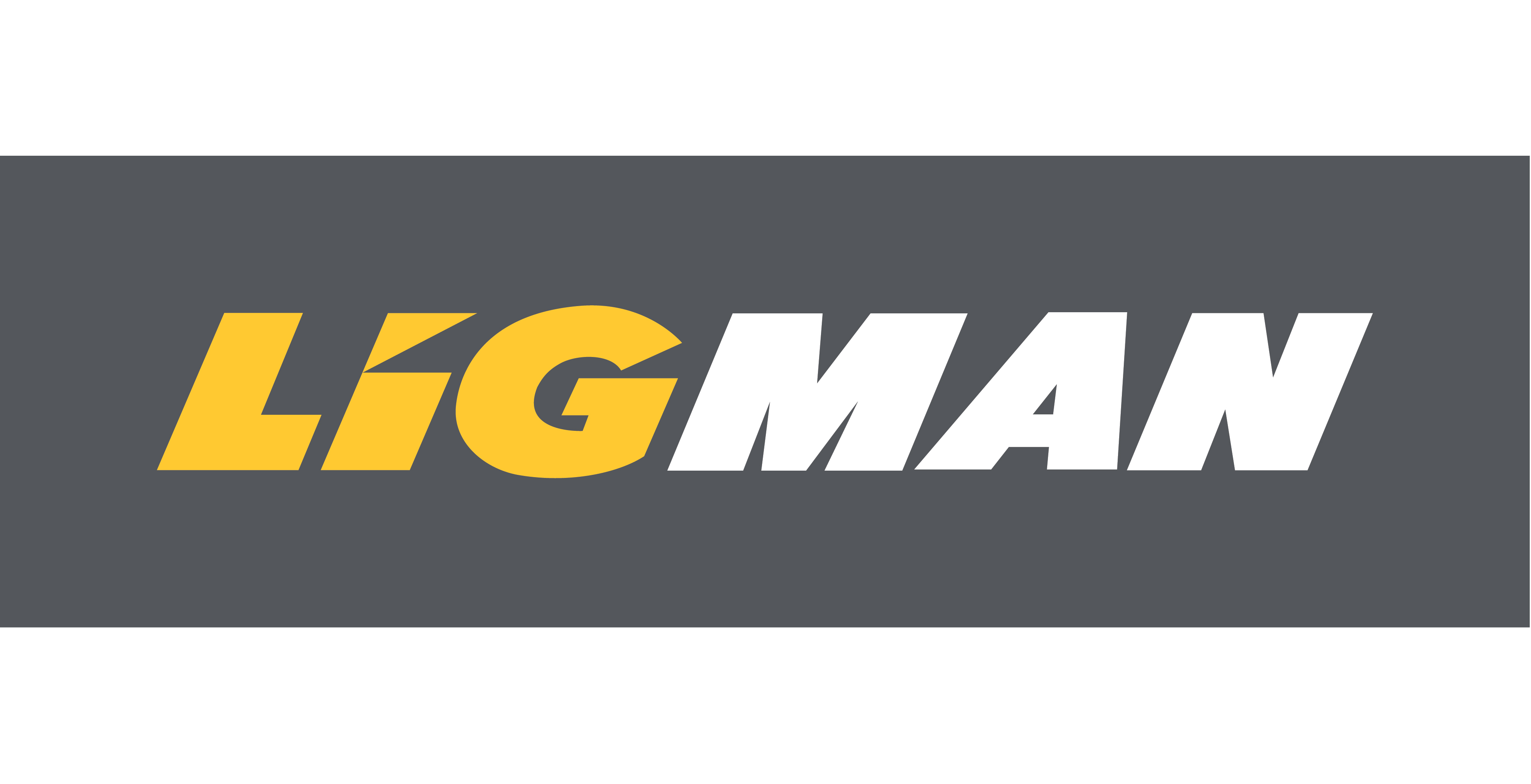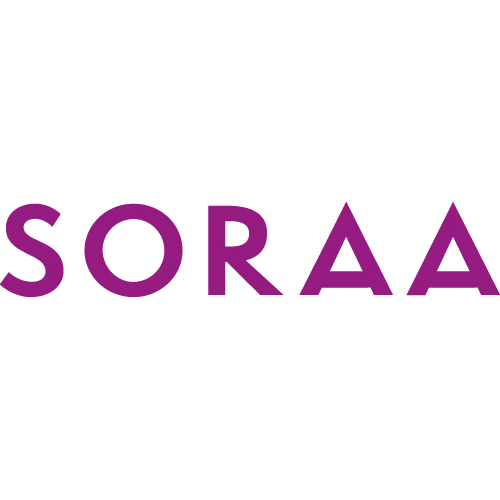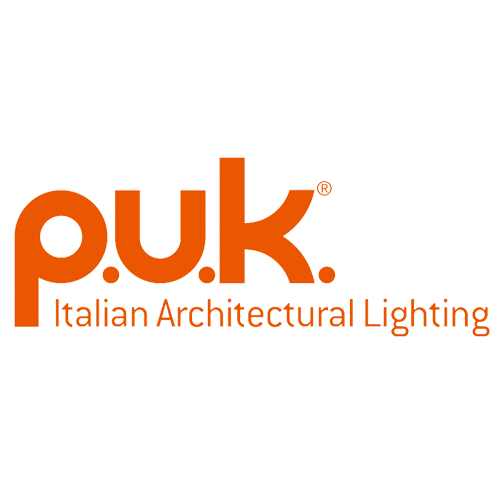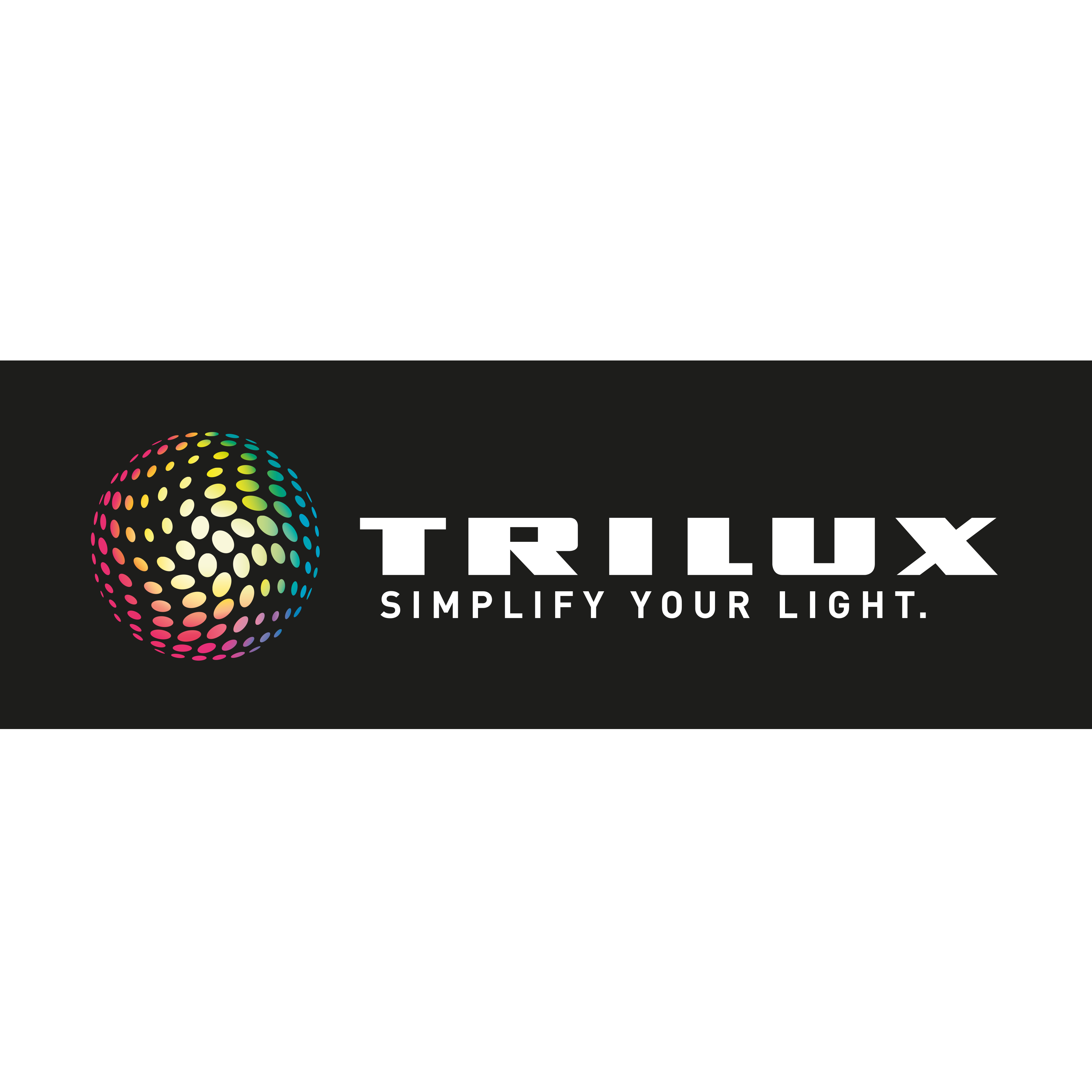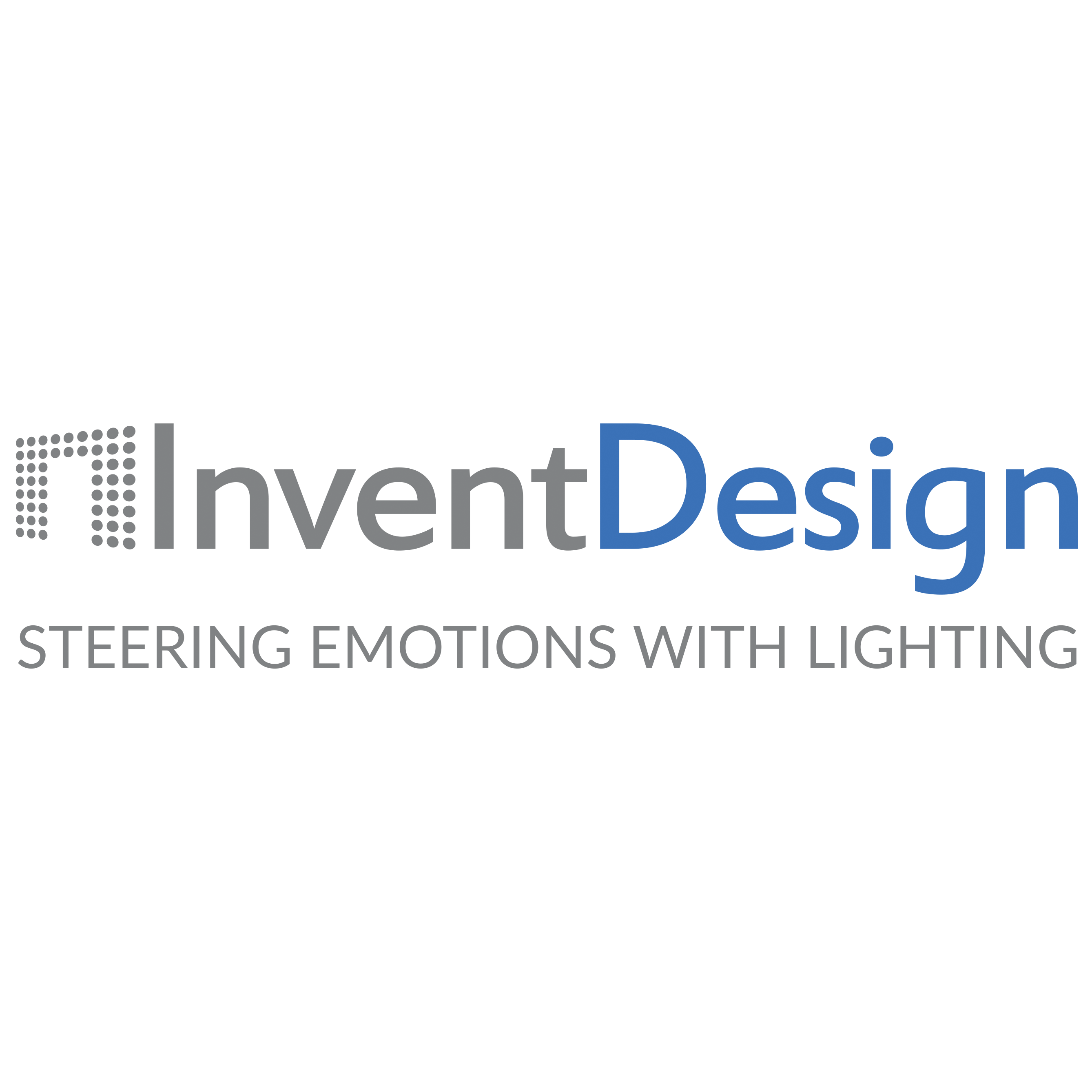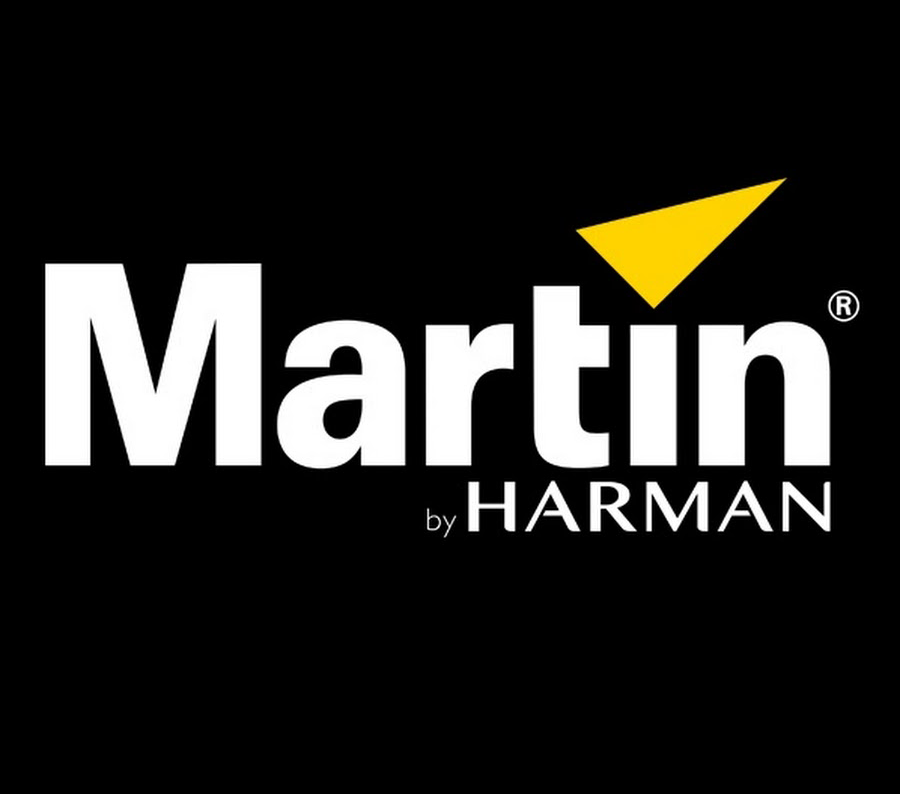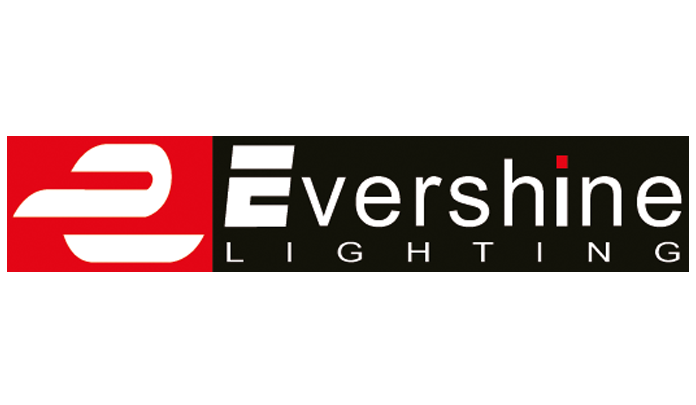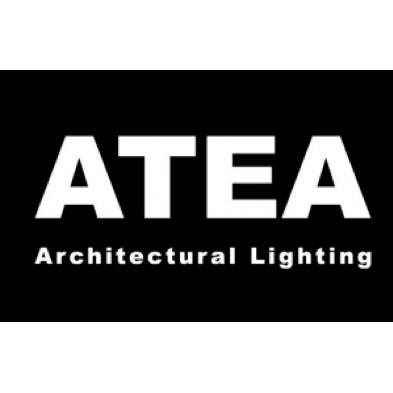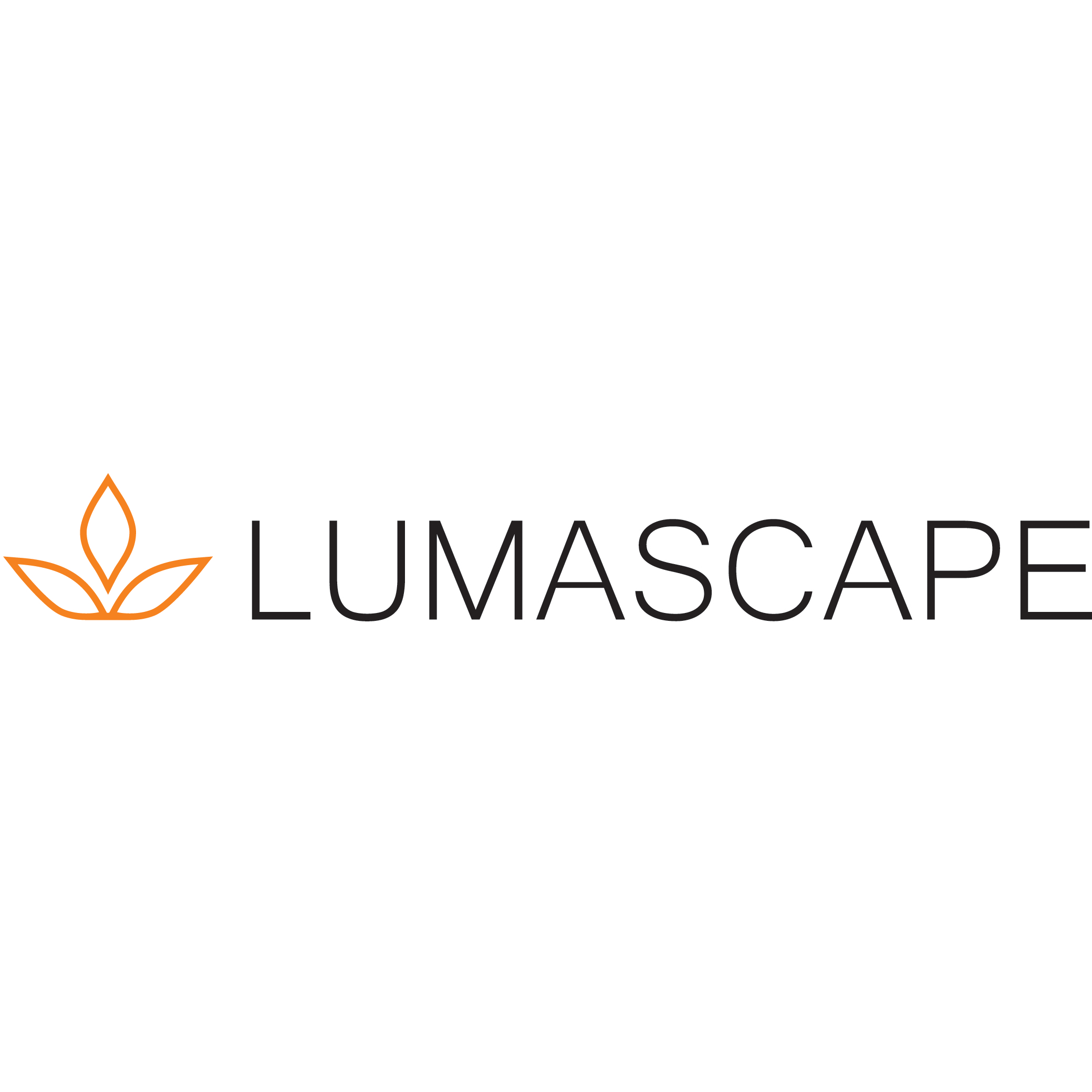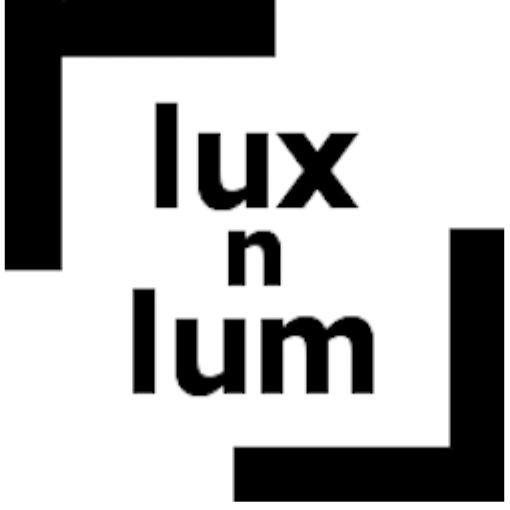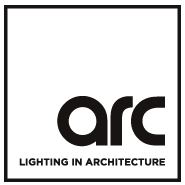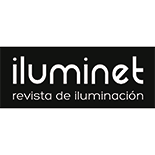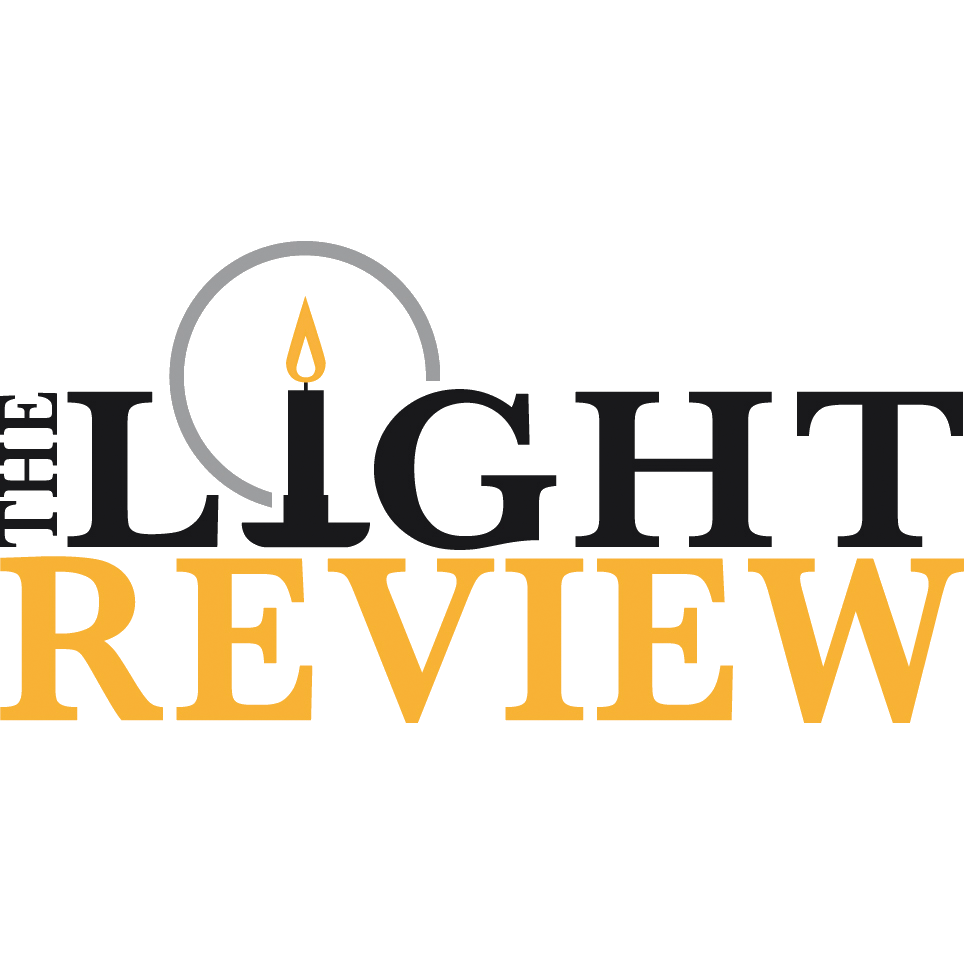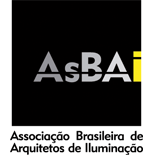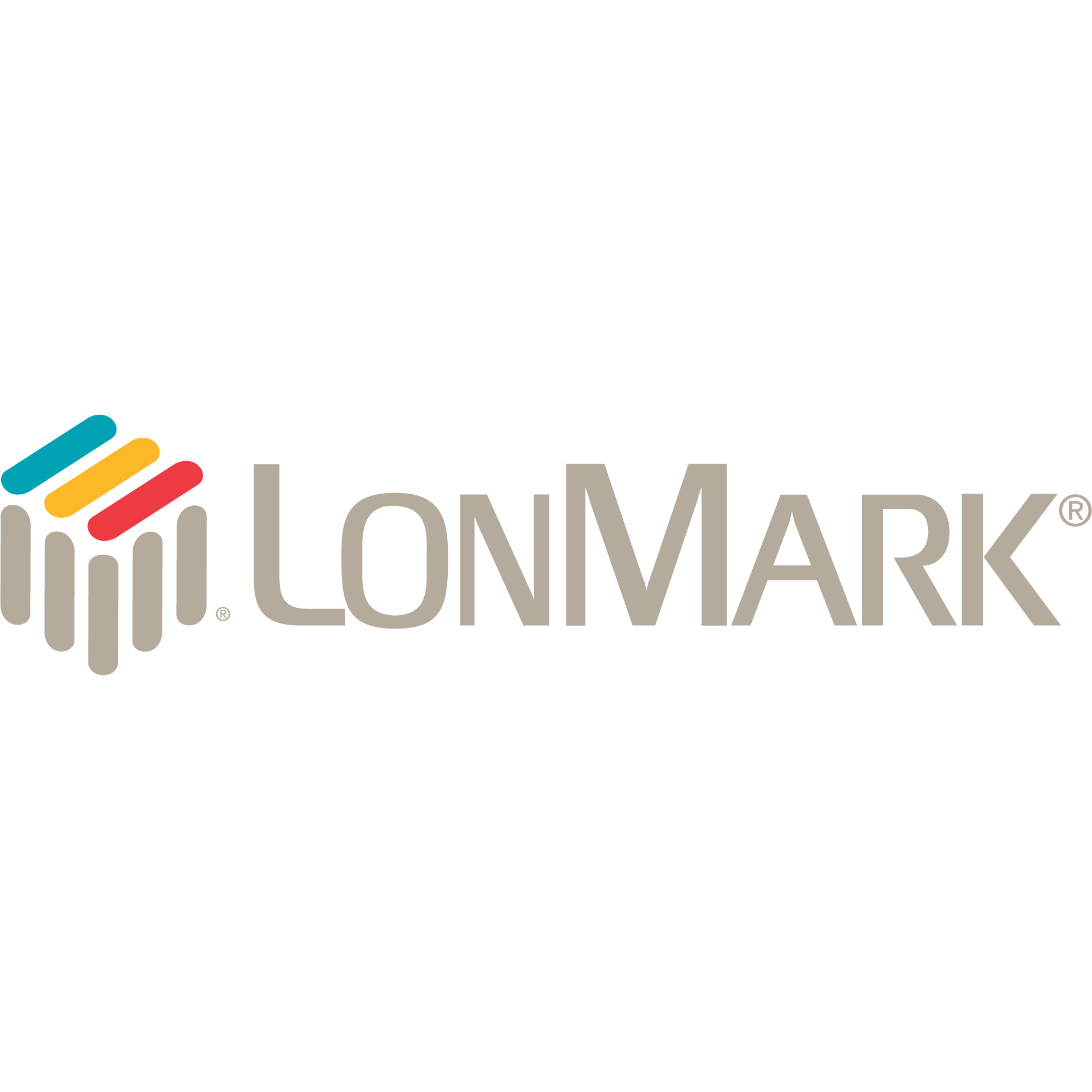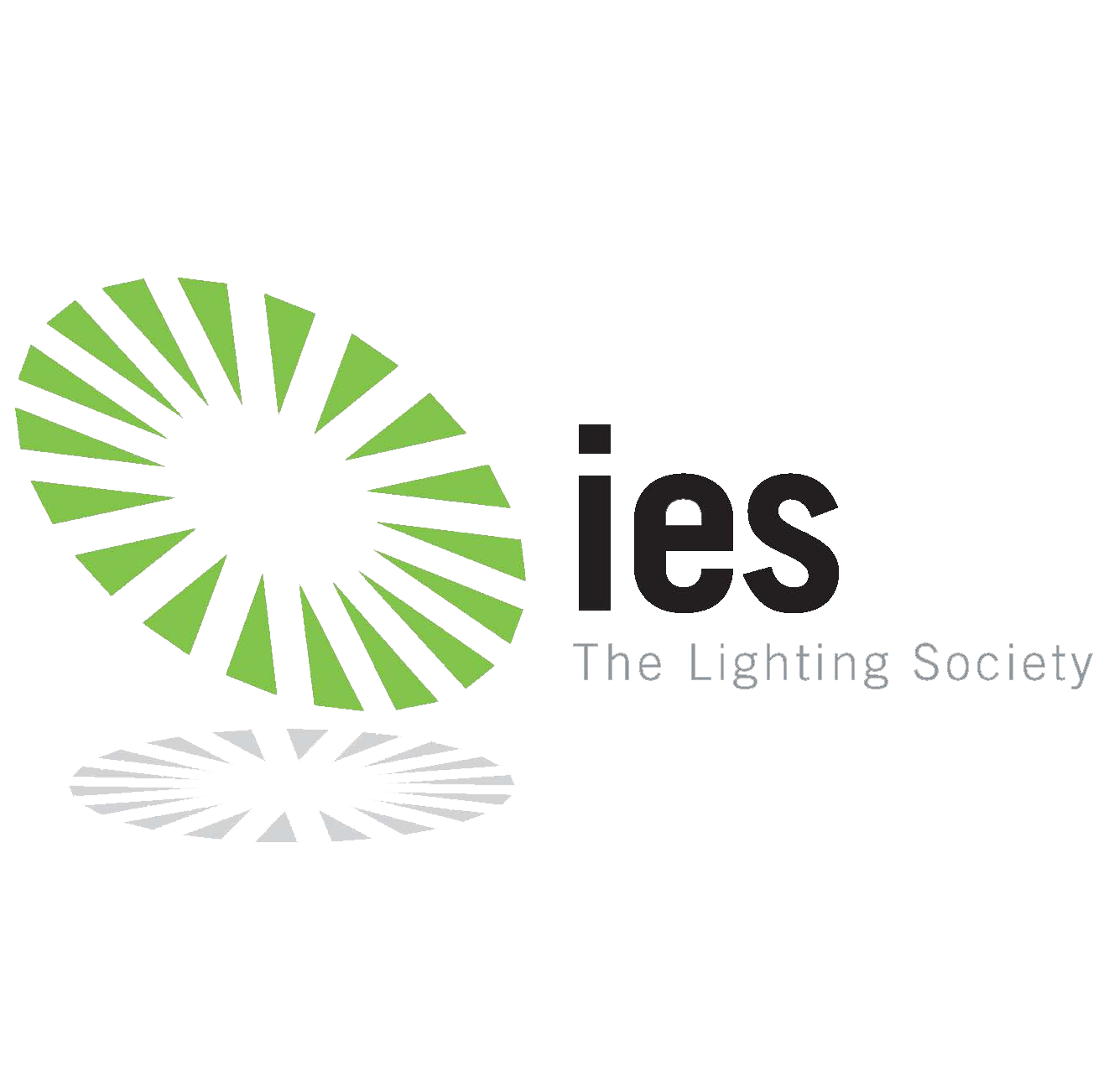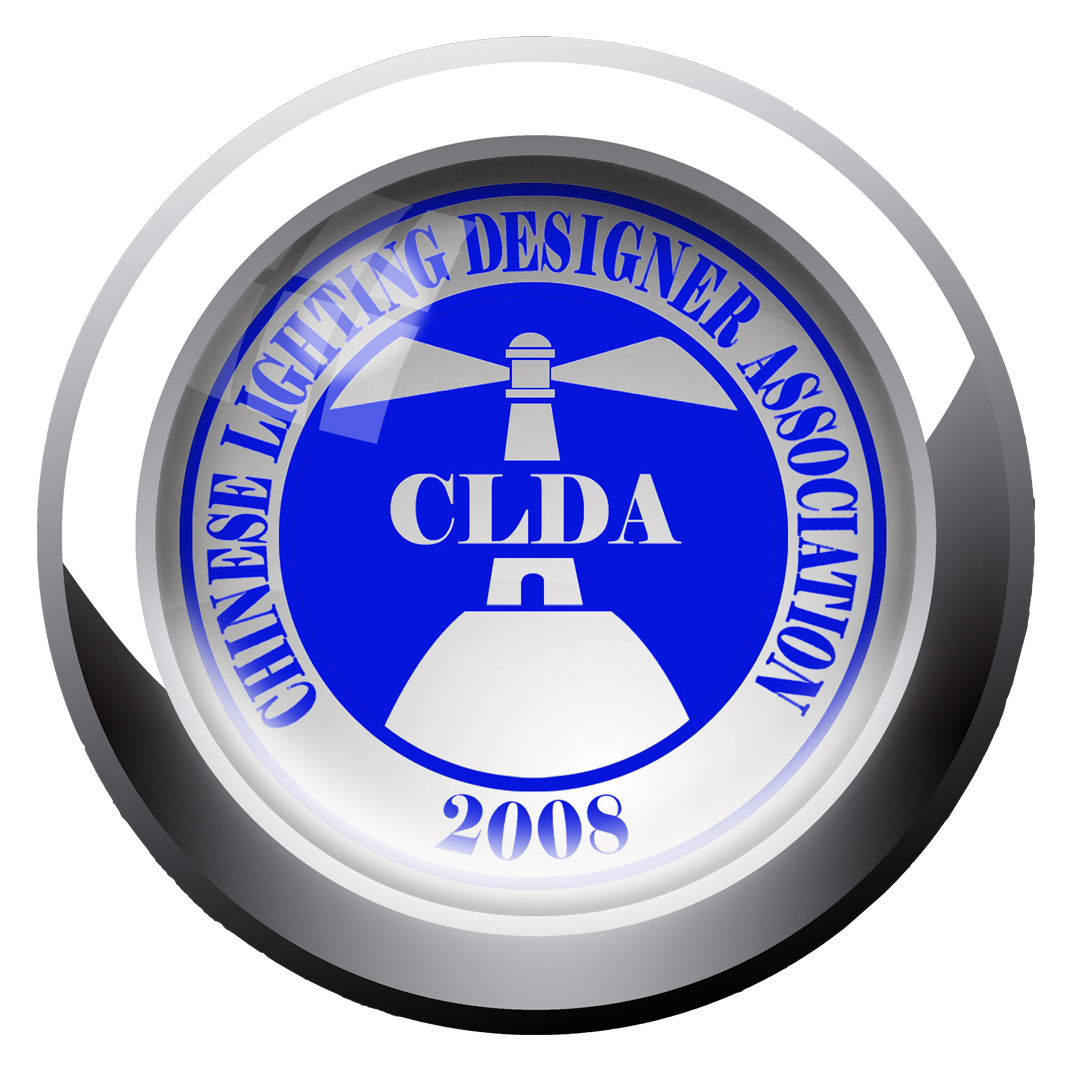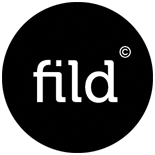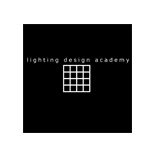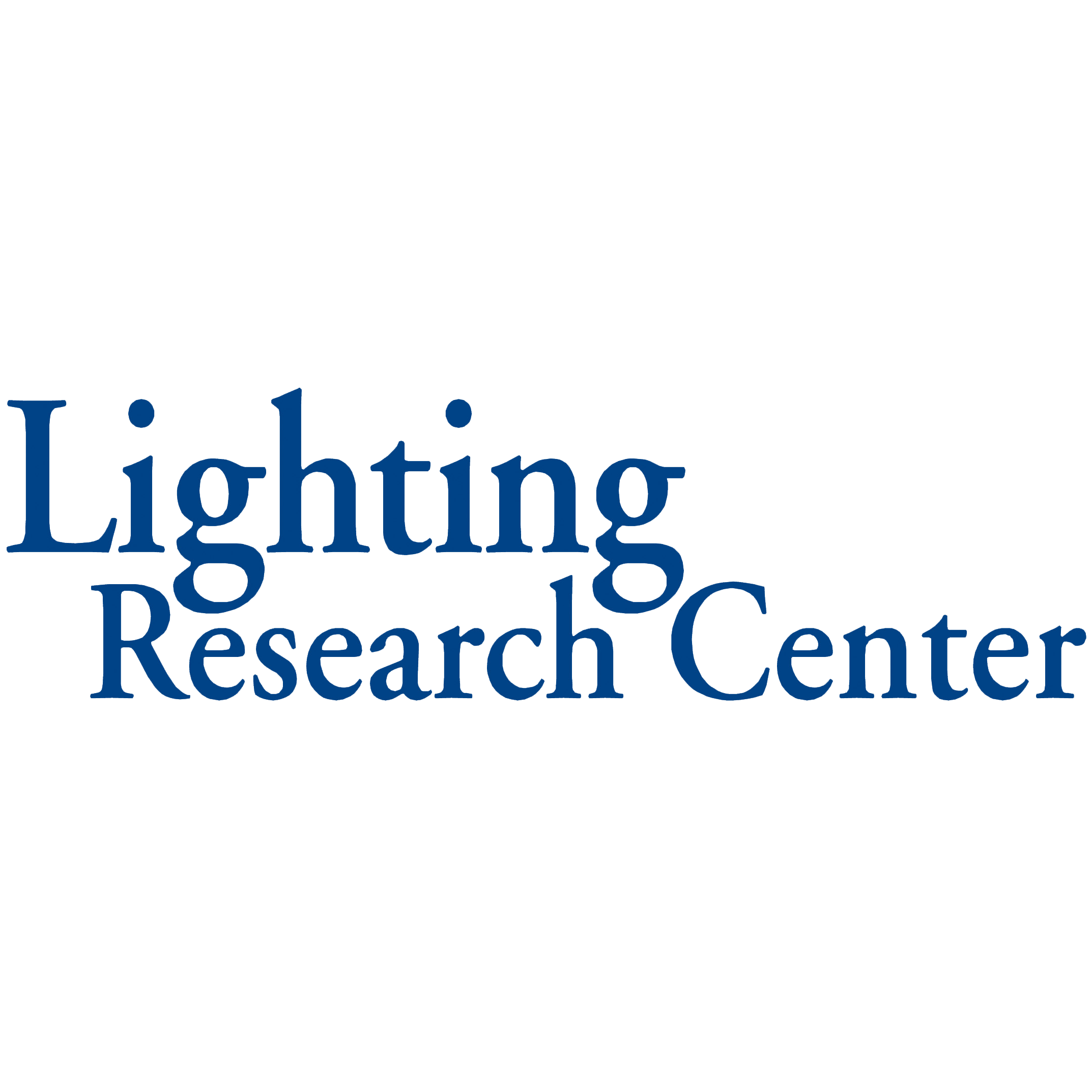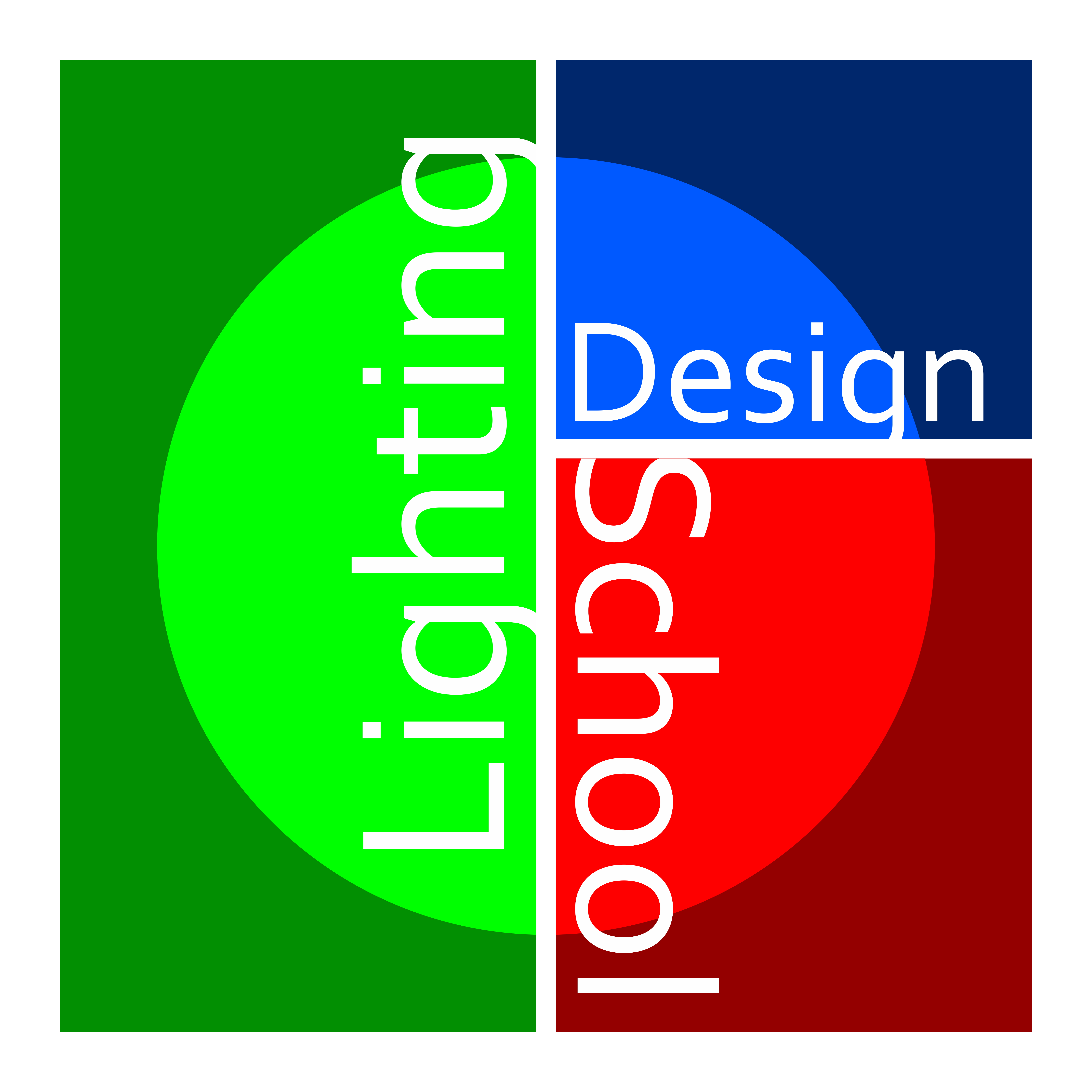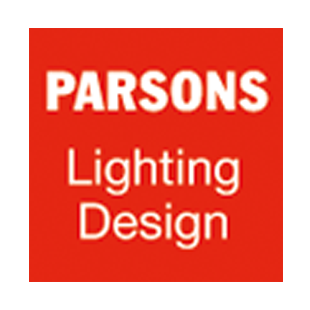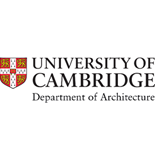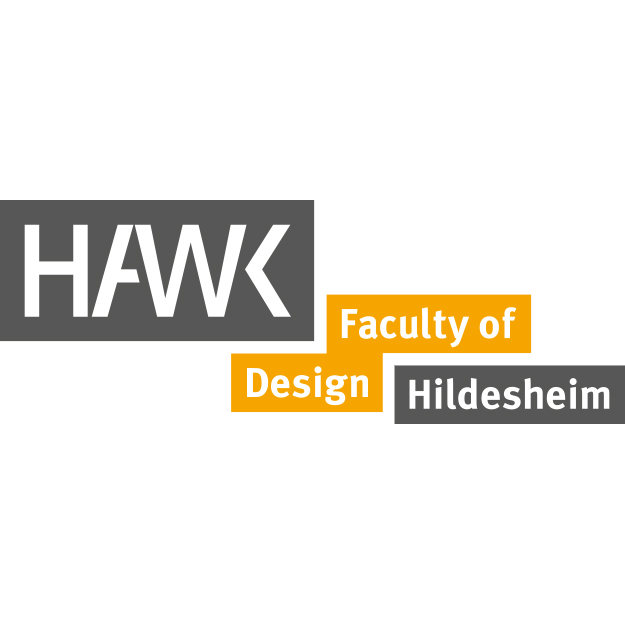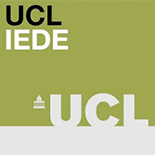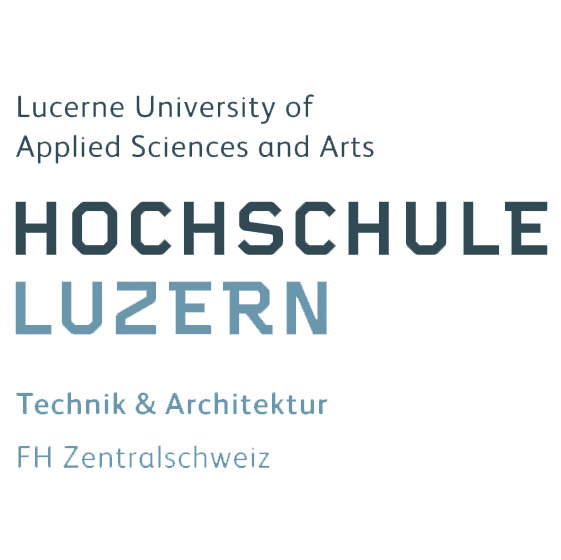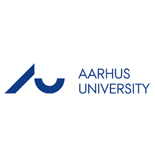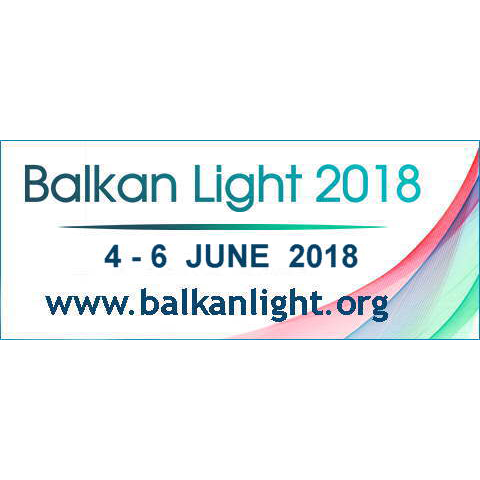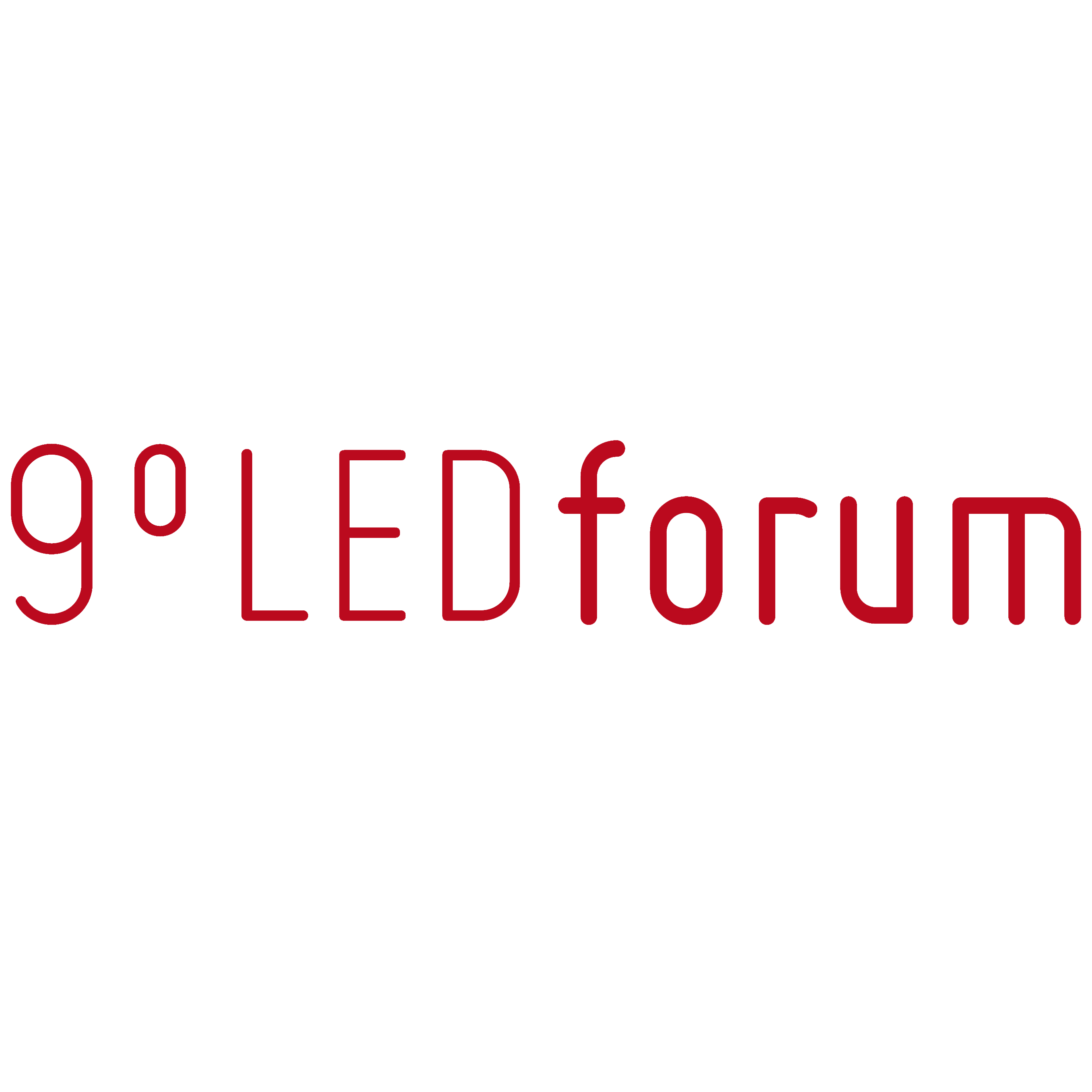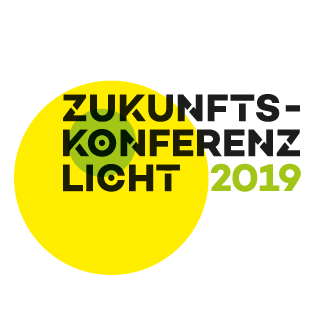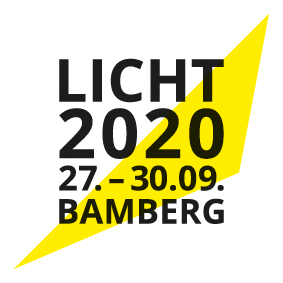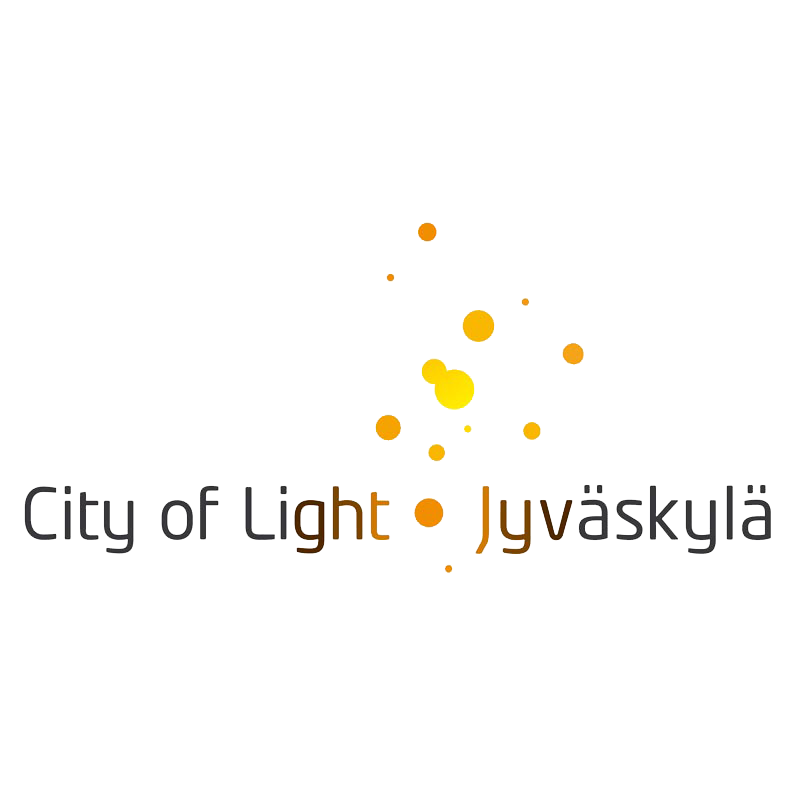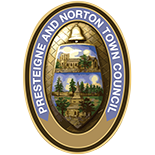Facade lighting: New media offers new possibilities
There are four categories of facade lighting…
by Joachim Ritter
Facade lighting is clearly part of a lighting designer’s scope of work. In the past, however, it did not present overmuch design scope. In fact, facade lighting has only become a real topic of attention in the last 20 years. In the 1990’s, so-called “City Beautification” led to lit facades being considered a must within our urban culture. That has now taken a turn for the better. Without doubt, facade lighting plays an important role in the cityscape not only – or especially – after dark. Today we can divide facade lighting into four different categories, or levels of expertise.
The first to mention are facades that are not illuminated. That is a shame, but as a rule better than the second category, which refers to facades that are poorly lit. Be that because of lack of taste or helplessness on the part of the “designer”, or simply the belief that any light is better than darkness. Let’s call it lack of competence. When it comes to architectural lighting, this can also include the misconception that two-dimensional projections have something to do with enhancing the architecture – which is very seldom the case!
Thirdly, there are a large number of facades that all seem to be illuminated in the same way, leaving them looking boring or not in line with the times. The use of colour in such cases does not change the overall impression. It is generally historic facades featuring columns and pillars that fall into this category. The lighting solution appears to be obvious, and in a city as rich in culture as St. Petersburg, which has many similar looking facades, it can turn a design opportunity into an urban concept that is as dull as a déjà-vu or never-ending repeats of a corny TV show. Design means lighting every facade individually to purposefully bring out its charm and quality. Creative minds are capable of achieving this. Design is more than seeking references in comparable projects or a quick job that can be done on the side. Lighting design is not that easy!
And finally, the fourth category. This incorporates facades that are well designed and illuminated. Professional lighting designers can apply conventional lighting equipment or exploit the opportunities state-of-the-art digital lighting offers to implement different techniques to achieve a wide range of solutions. This includes creating a media facade. However, care is needed! Inexperienced or less creative designers quickly run the risk of transforming a facade into a two-dimensional media wall. In this context: where does the media content end and where does the architectural lighting begin? Opinions vary immensely, and ignorance often stands in the way of helpful discussion.
The fact is that we live in the age of media and digitalisation and this also affects modern architecture. This does not mean that we have to sink into despair or anxiety. Toyo Ito‘s well-known Tower of Winds project, the lighting for which was designed by Kaoru Mende, is a fine example of the true meaning of media architecture and was celebrated back in 1986 as lighting design – at a time when LEDs were still two decades away from being taken seriously as a light source, you will note.
And yet the question still remains as to how media design and architecture can be integrated without the one taking the lead over the other.
In our latest PLD issue we gave considerable thought to which examples of facade lighting we should show in this issue.
The lighting design for the historic facades on Carnegie Hall in New York City was a very special challenge. Modern lighting, but please do not interfere with the building fabric. Numerous details reveal why this project was by no means “an easy job”.
Converting a building, giving it a new image and lease of life while maintaining its historic identity is one of the exciting challenges of architecture. Light can be extremely helpful in this context. Many designers regard light solely as a means for accentuation. And yet there are far more subtle ways of using light, if it is applied indirectly or integrated into the architecture to achieve its “centre-stage role”. Our example is the Palazzo di Vigonovo
in Vigonovo/IT.
An office complex renovated by Dominique Perrault in Paris shows how modern architecture, and lighting that is even more modern, can transform a refurbishment project into a true beacon in a particular urban district.
But we also present examples of media facades which are different to what we normal understand by this.
Our top roject we discussed in detail is the Klubhaus in St. Pauli. When it comes to creativity, it actually leaves Times Square behind. This becomes especially clear when the two-dimensional quality of the media facade undergoes its fascinating transition. A fine example multi disciplinary collaboration …
It has been written about many times, but we simply could not imagine publishing this issue without including an article on the façade (day)lighting on the new extension to the Kunstmuseum (art museum) in Basel. An invisible media facade and a milestone by itself … Brilliant!
The last Project is a media facade beyond the norm: the C3A Contemporary Arts Centre in Córdoba/ES.
For detailed information or order the PLD issue go here.















